

Radiological Physics and Advisory Division is actively engaged in developing methods, techniques and systems related to personal and medical dosimetry. The mandate of the Division encompasses the following activities:
1. Personal Monitoring of Indian Radiation workers and maintenance of National Occupational Dose Registry
2. Quality Assurance and Accreditation of TLD personnel monitoring laboratories
Development of Advance TL/OSL monitoring systems and Phosphors for dosimetric applications
Severe Reactor Accident related Aerosol Simulation studies and Development of systems and techniques for aerosol measurement
3. Development of systems and methodologies for measurement of radon, thoron and their progenies for dosimetry and other applications
4. Establishment of multiparametric bio-dosimetric techniques and Radiobiological studies
Development of computational techniques, Advance dosimetry methods, QA procedures, phantoms and protocols for radio-diagnostic and radiotherapy applications
5. Human Resource Development: Post M.Sc. Diploma in Radiological Physics, Radiation Safety Officer certification examinations, certification courses in medical applications of radiation

Developed by EISD, BARC in consultation with RP&AD. At a time it can process 100 CR-39 detectors. Parameter for image processing: (i)Segmentation (intensity in shades of black and white to segregate foreground tracks from background), (ii)Diameter of tracks, (iii) Roundness factor etc. Application: Counting of tracks of CR-39 detector required for routine neutron personnel monitoring programme
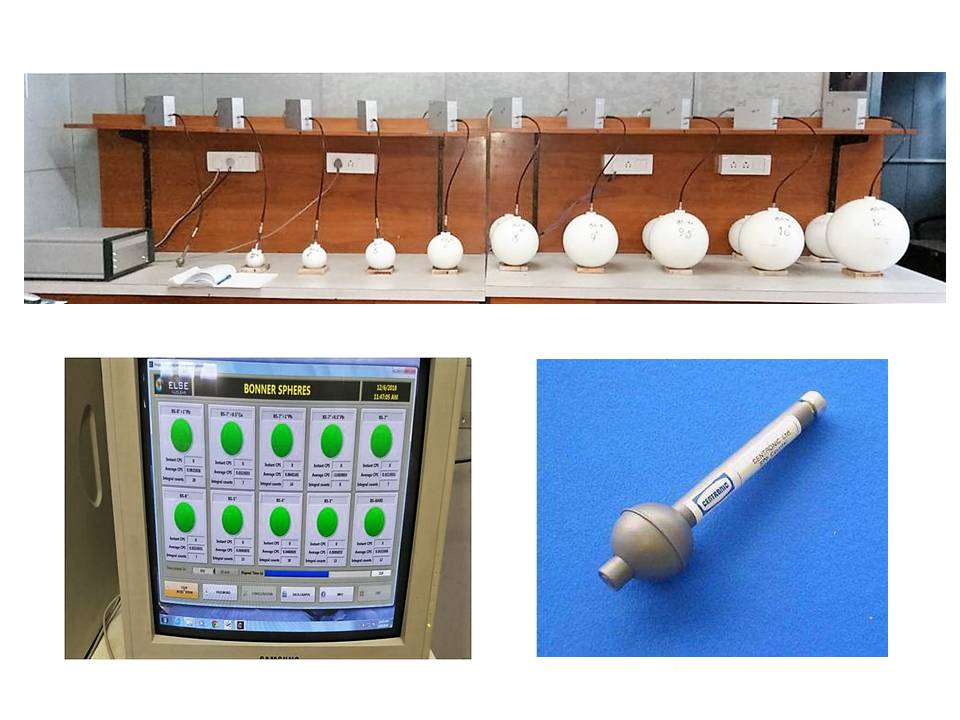
HDPE spheres of diameter 3” 4”, 5”, 6”, 7”, 8”, 9”, 9.5” 10” and 12” for Neutron spectrometry in the energy range thermal to 1 GeV. Four spheres with Cu and Pb metal inserts sandwiching in HDPEOperational software to operate 10 detectors in sphere at a time and record the data per sec and save data on a file for a pre- selected time of operation. Energy Range: Thermal to 1 GeV

Sources: ISO recommended sources 90Sr/90Y (Emean:0.8MeV) 85Kr (Emean:0.24MeV) and 147Pm(Emean:0.0.06 MeV) Source Output: Output of the sources in terms of Hp(0.07), H’(0.07) and Hp(3) are available and traceable to Primary standard Laboratory, PTB, Germany Irradiation Geometry: 11 , 20 , 30 and 50 cm with a linear positioning system and angular irradiation up to 60o is possible. Application: To deliver accurate beta dose to TLD badges for QA and associated R&D activities.
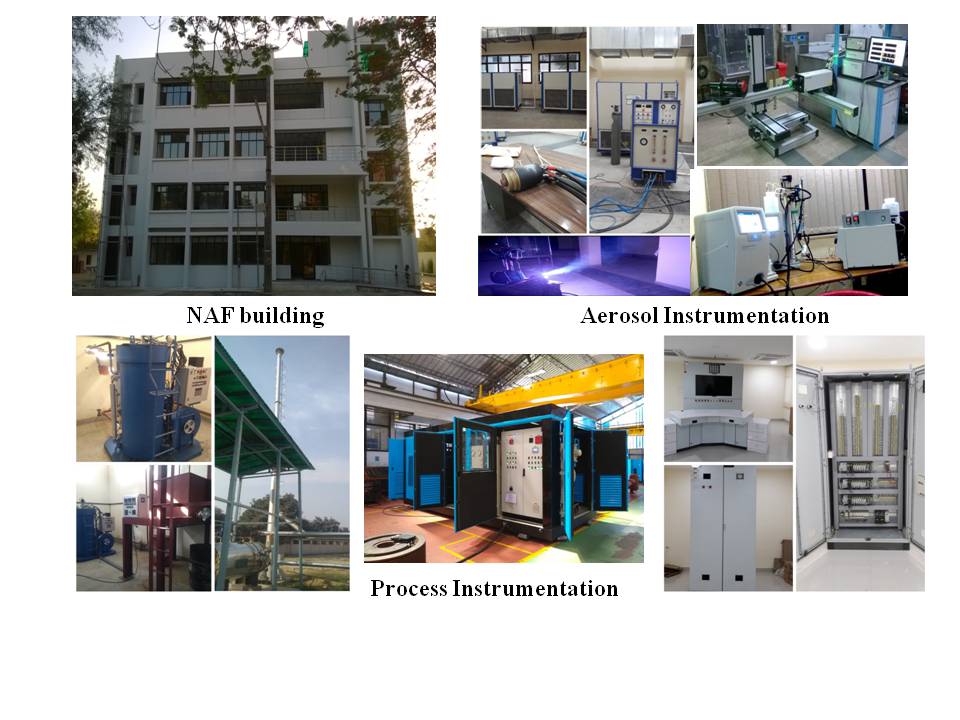
National Aerosol Facility (NAF) is established at IIT Kanpur under MoU with BARC and BRNS. The Sate of the art facility will help to conduct single-effect tests as well as integral experiments to address the aerosol issues in a detailed manner in context of Indian nuclear reactor program.
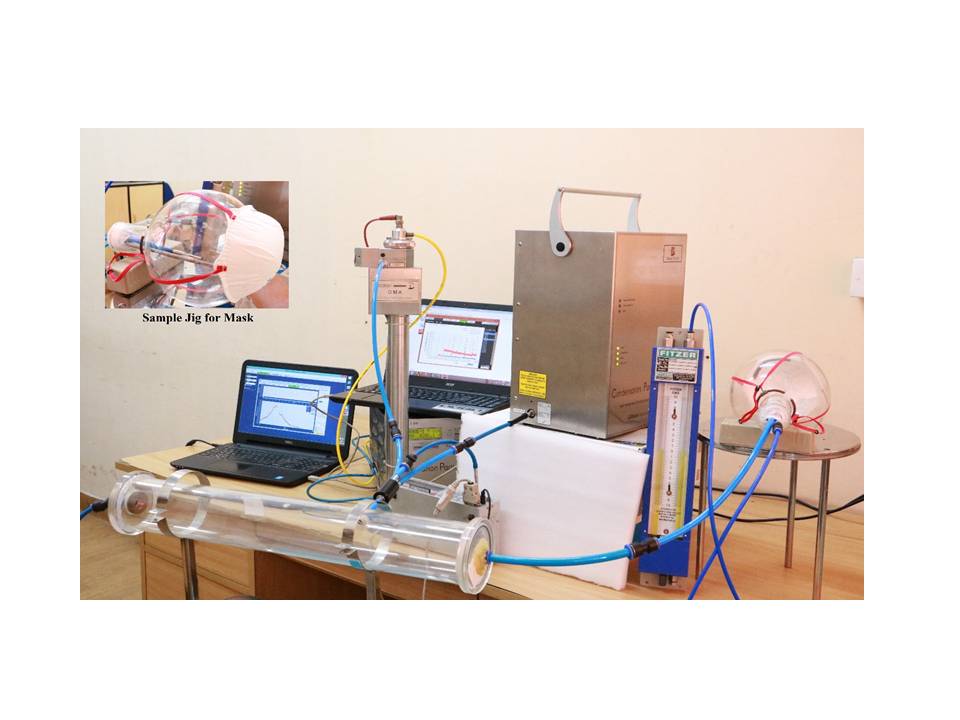
A facility for performance evaluation of mask / respirator has been set up. This is helpful to test the quality of face mask / respirator in terms of its particle (intrinsic and full mask) capture efficiency, pressure drop and the fit factor.
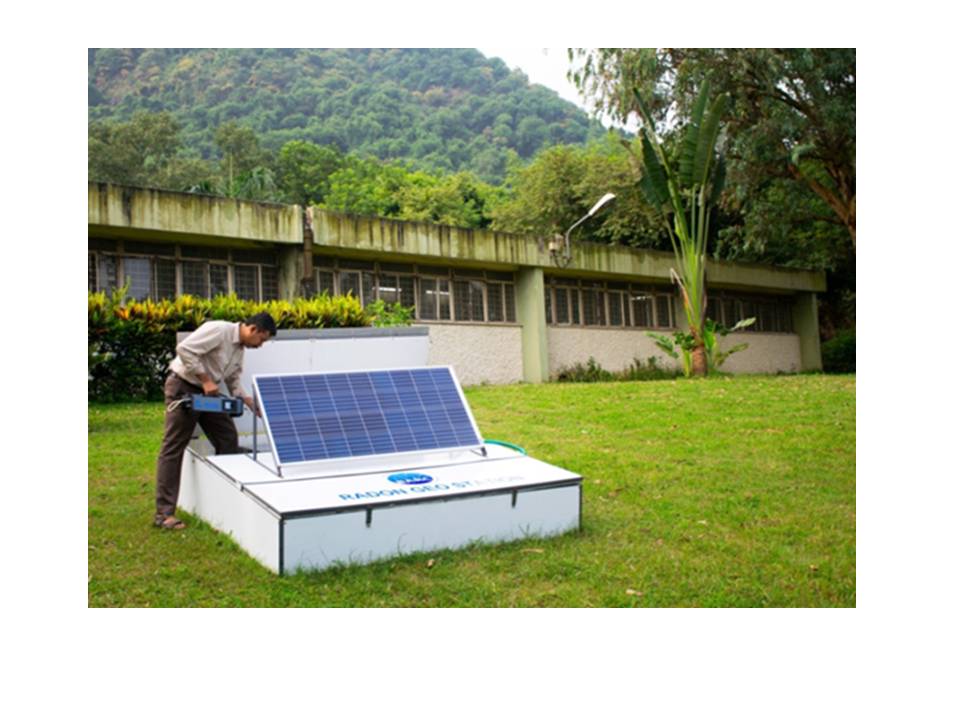
Radon Geo station has been developed to detect Radon anomaly which has the potential for early warning of earthquakes. A network of 100 such station is being created in Indian Tectonic Plate Boundary for increasing the reliability and exploring the possibility of earthquake prediction.

High Temperature Aerosol facility has been established at IIT BHU under BRNS project. This will help in understanding aerosol behavior in Indian Compact High Temperature Reactor (CHTR) under accident condition by simulating the graphite burning in a closed combustion environment.
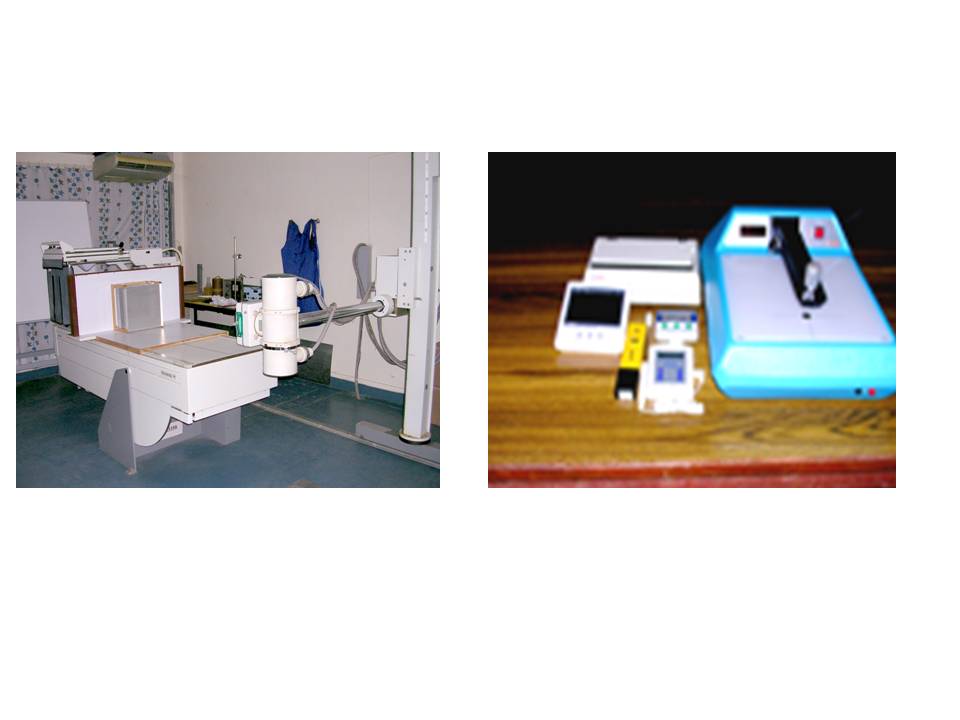
Medical diagnostic X-ray facility is used for testing and certification of the shielding adequacy of radiation protective garments and research samples manufactured/supplied in India for diagnostic radiology applications. The facility is also used for practical training of quality assurance procedure and radiation safety.

Free air ionization chamber was developed. It is used as a primary standard for the measurement of Air Kerma Rate from a medical diagnostic x-ray beams. A graphite cavity ionization chamber was also developed. It is used as a primary standard for measurement of Air Kerma rate in Co-60 beams
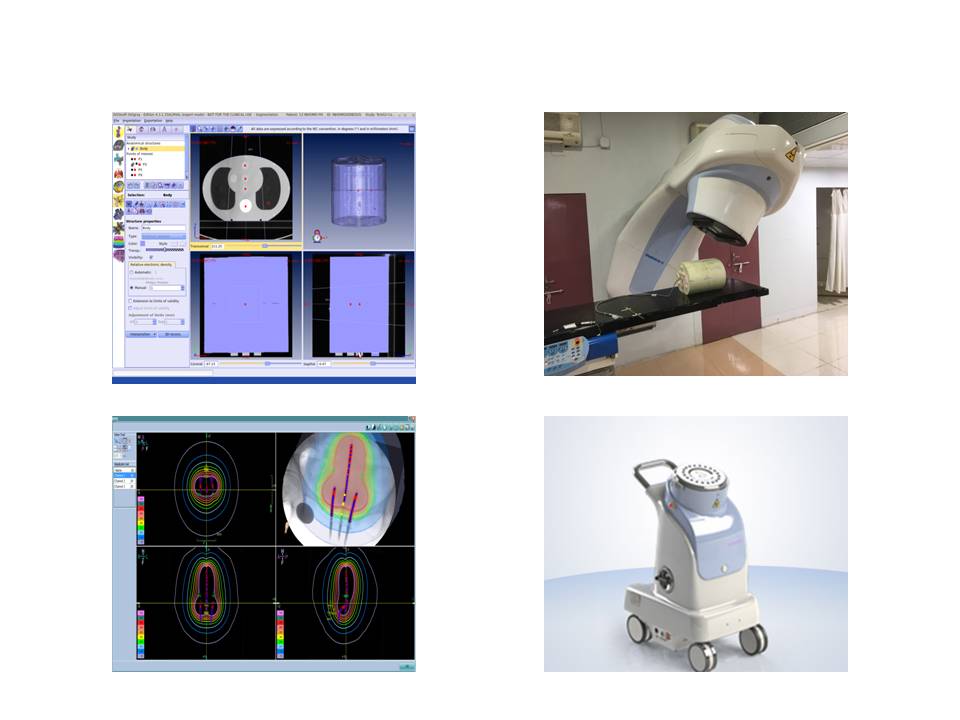
Radiotherapy treatment planning system were developed for Bhabhatron and Karkinidon for treatment of cancer patient. These planning system were validated for its clinical application.
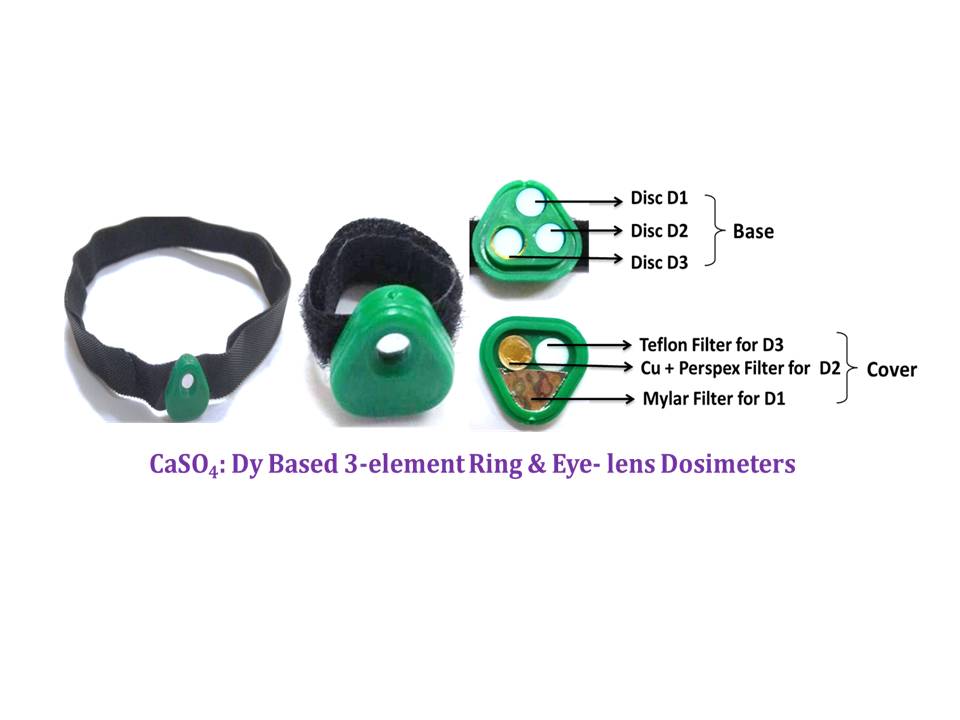
To monitor finger extremity and eye-lens doses for specific radiation workplace, Ring and Eye-Lens dosimeters are developed.
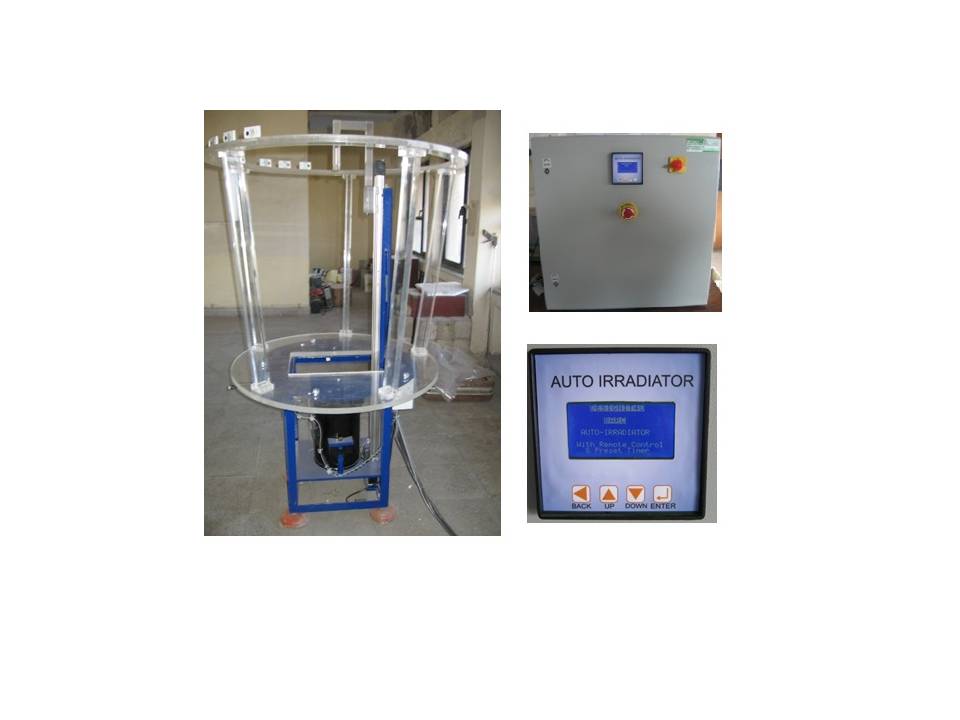
To irradiate dosimeters in personnel monitoring for various purposes automatic irradiation system has been developed.

To aid in deciding genuineness of exposure of personal TLD badges, technique for identification of static and dynamic exposure is developed
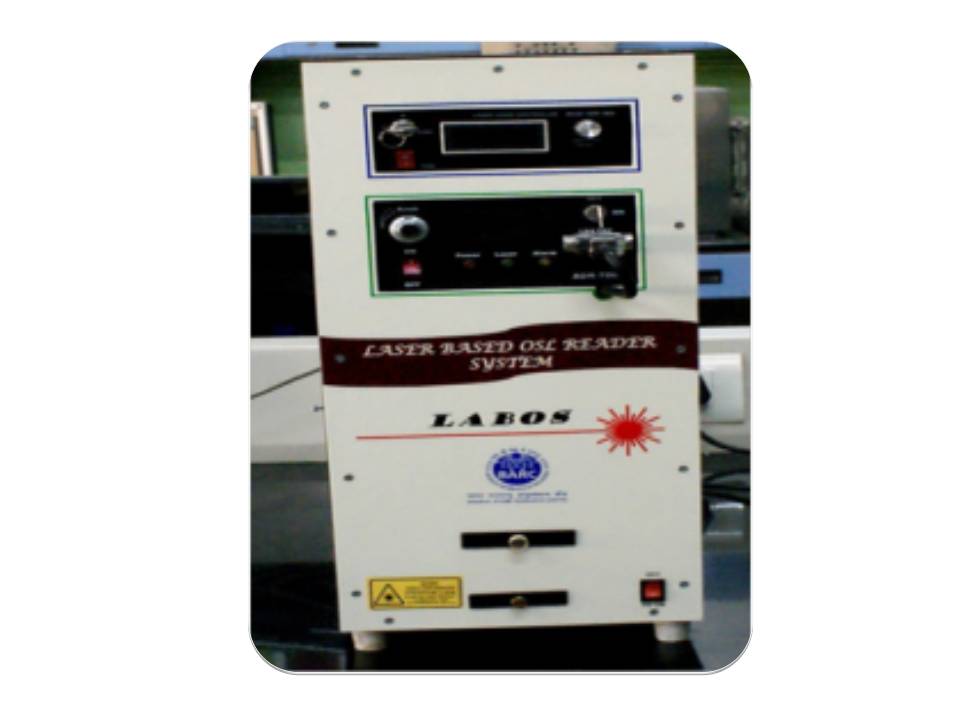
LABOS is a LASER (532 & 470 nm) OSL reader system developed in RP&AD, BARC. LASER has high optical stimulation intensity and hence fast OSL readout is possible in LABOS. It is used in CW-OSL mode.

Wavelength Resolved TL Reader (TL-Spectra) has been developed in RP&AD, BARC. It is being used for scanning emission wavelength of TL/OSL phosphor. It can also be used to find the temperature where TL emission is maximum.
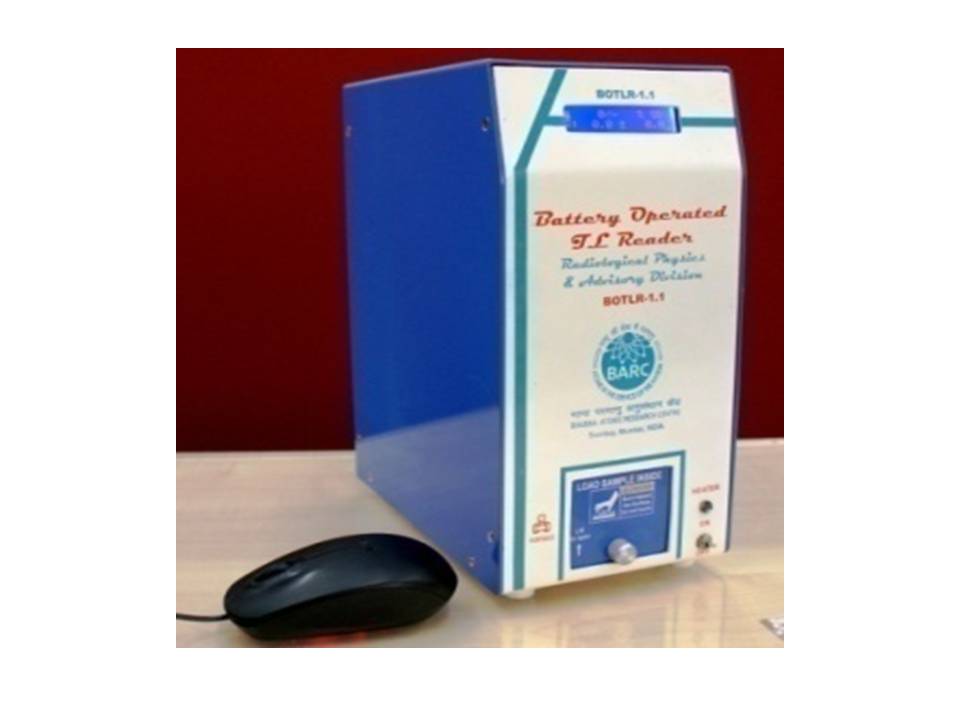
Battery Operated TL Reader (BOTLR) is one of the smallest Thermoluminescence (TL) reader developed in RPAD, BARC. It consumes power from four AA battery (1.2 V) to heat the sample up to 400 ºC. It has been used successfully during Antarctica expedition for real time dose monitoring using CaSO4:Dy based discs of 10 mm diameter.
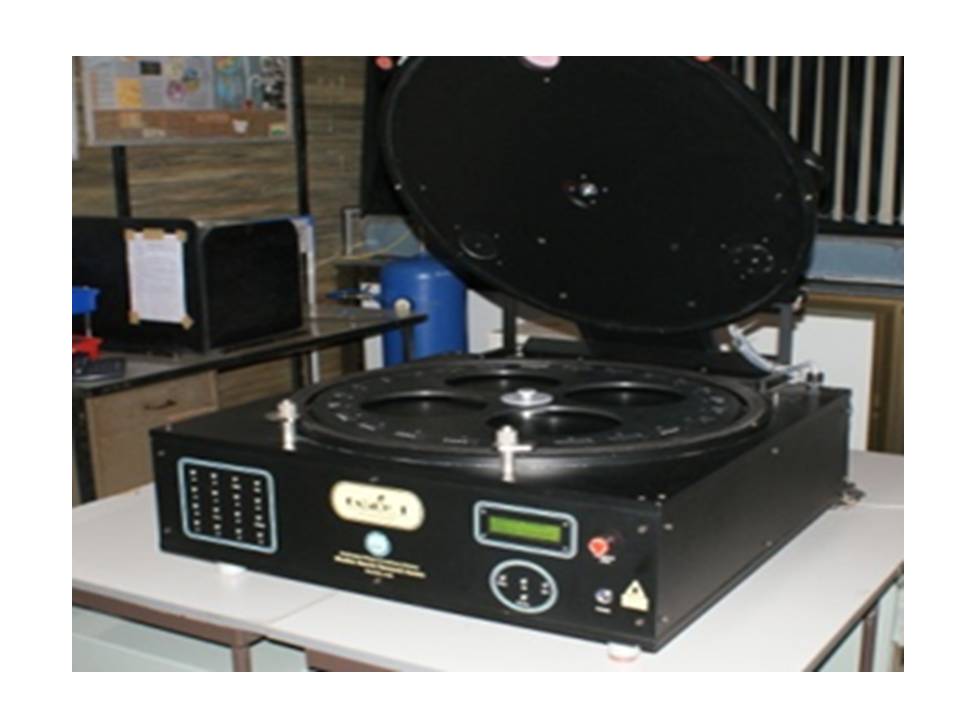
Optically Stimulated Luminescence Badge Reader (OSBARE) system for reading OSLD personnel monitoring badge has been designed and developed by RP&AD, BARC. This system uses 470 nm LED stimulation for CW-OSL readout along with photon counting detection module. The reader system can process 24 four element OSLD badge in ~ 25 min.